It’s the last day of my spring semester classes and I could not be more grateful! This semester has stretched me farther than I thought possible and molded me into a different teacher than I was when I started. Here’s my semester, at a glance: 45 students 330 PowerPoint Slides 89 pages of notes (single-spaced) 28 lesson plans 15 Quizzes 7 Group Project Assignments 2 Paper Assignments (5-page, 10-page) 4 Playing Quizzes (4 tracks each) 12 Piano Juries
Can you believe it’s been two years since I started as an adjunct? There have been moments where I felt I was in over my head, teaching classes I didn’t feel qualified to teach, and drawing connections between content I had only learned myself through my lesson planning. But, I knew the challenges would be worth it. I knew overcoming those fears was necessary and important to my future success. I knew I had to say “yes” to these new opportunities even though my head (and all sensibility) said “no.” I knew I had to leap – and trust that I could build my wings on the way down.
What have I learned through the process? I’ve learned that some students really love learning and soak up everything you say like a sponge. I’ve also learned that some students struggle with the demands and responsibilities of college – enough to lie multiple times about a missing assignment. I’ve learned that some students have never been asked to write a research paper before and don’t know where the line of plagiarism falls. And I’ve learned that some students care enough about their final papers that they look up the archives of a Russian newspaper to find a review of a musical premiere – even though they don’t read Russian. I’ve learned that accessible teaching means connecting to things they know – like showing the Family Guy Remix of Steve Reich’s tape phasing experiment, “It’s Gonna Rain.”
What’s holding you back? Is it fear that keeps you from doing and being your best? Define it, acknowledge it, and then set it aside. Who’s stopping you? Are you stopping yourself? Is your head telling you you can’t, you’re not good enough, you’ll fail? Identify whatever it is that disables you and move on. Take that leap and learn how to fly.


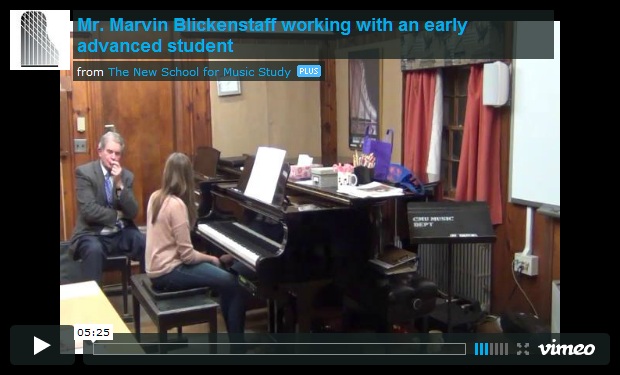
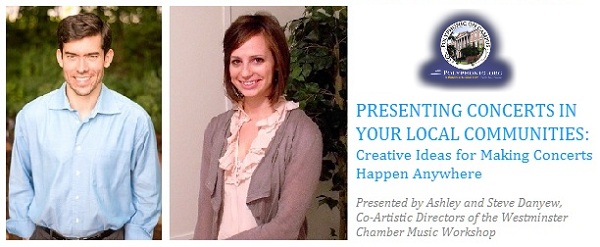 We had a great experience with our
We had a great experience with our 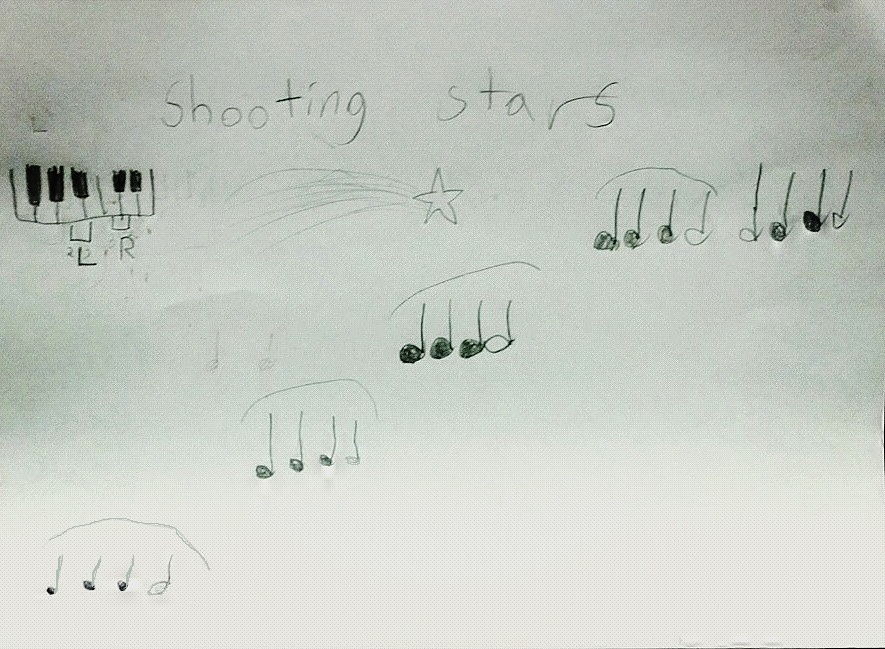 Earlier this week, I had an eight-year-old student bring this into her lesson – her first composition. At our last lesson, I asked her to try making up a few of her own songs that used some of the same musical elements she had recently learned (quarter notes, half notes, legato playing, and changing registers).
Earlier this week, I had an eight-year-old student bring this into her lesson – her first composition. At our last lesson, I asked her to try making up a few of her own songs that used some of the same musical elements she had recently learned (quarter notes, half notes, legato playing, and changing registers).


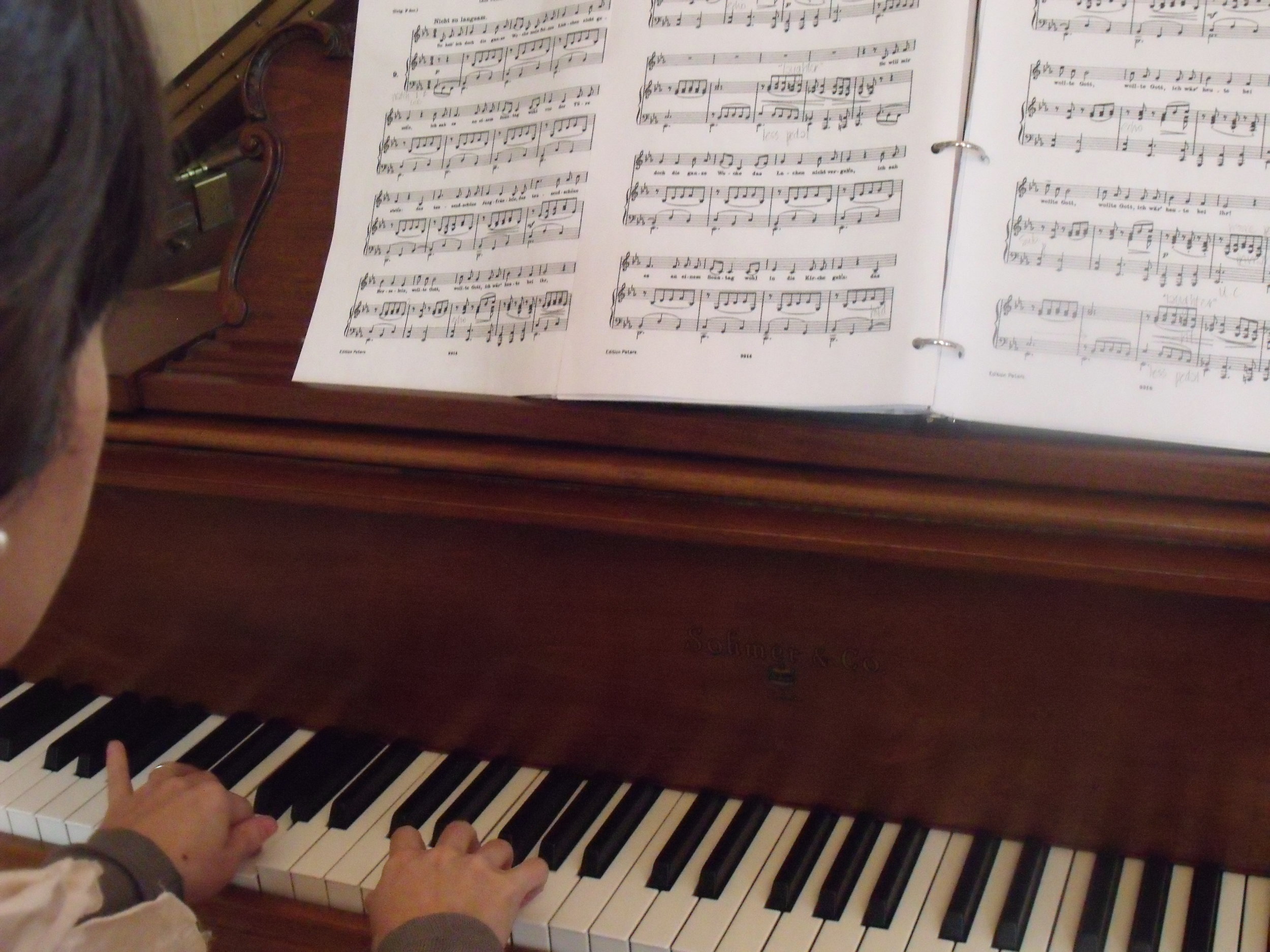 Some of you may remember my
Some of you may remember my 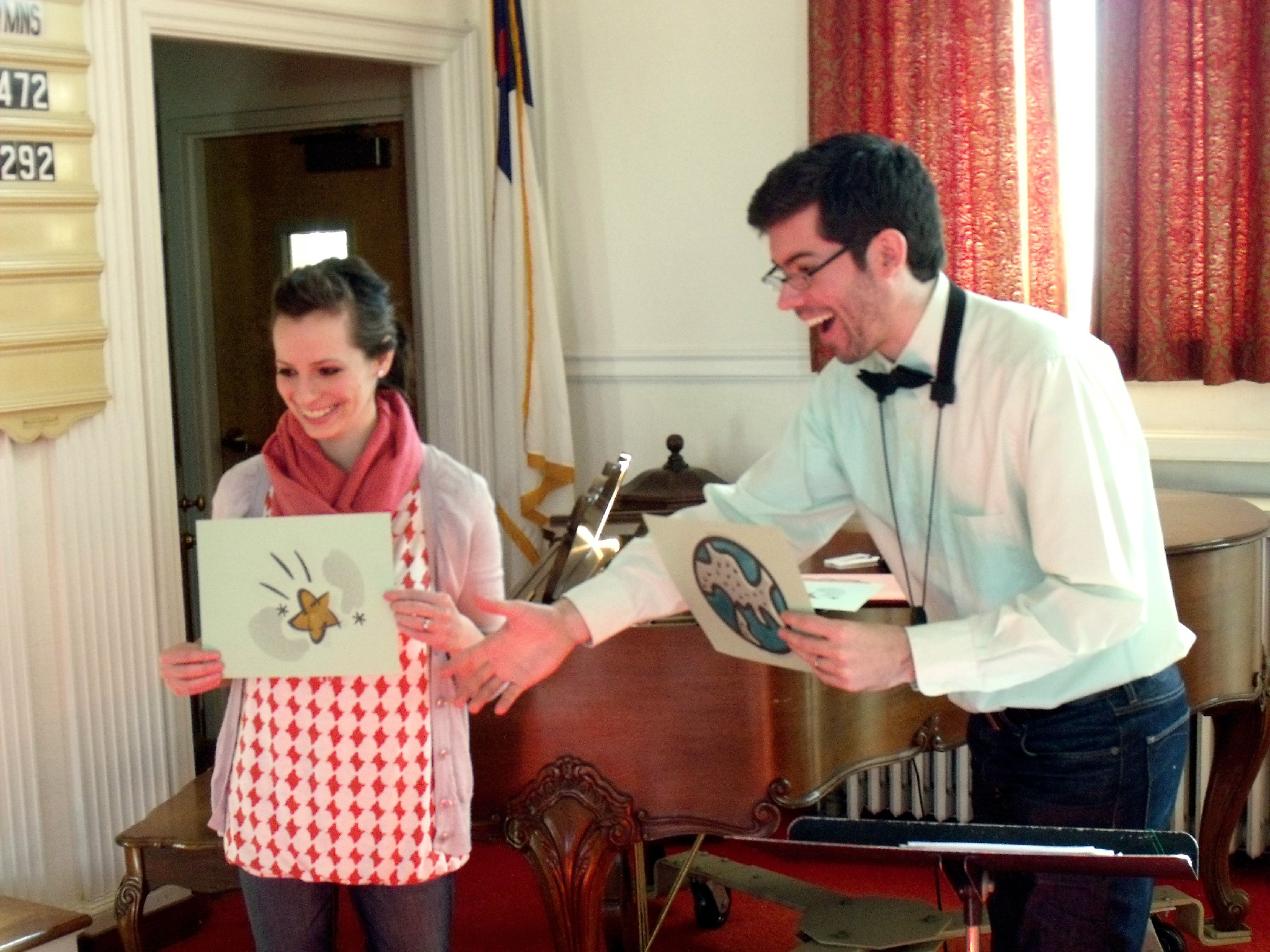 Last week, I wrote
Last week, I wrote 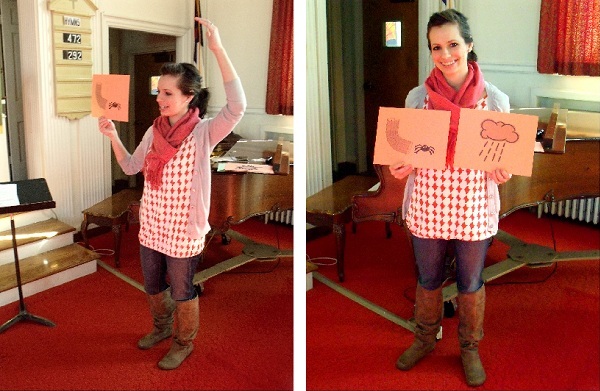
 I love working with young children, particularly when we have the opportunity to sing! In my experience, most 4-year-olds are confident, adventurous, effervescent music-makers and they learn new things so quickly! When the opportunity arose to share a free program of music with a group of children from the community (ages 3-5), I was eager to take part. Together,
I love working with young children, particularly when we have the opportunity to sing! In my experience, most 4-year-olds are confident, adventurous, effervescent music-makers and they learn new things so quickly! When the opportunity arose to share a free program of music with a group of children from the community (ages 3-5), I was eager to take part. Together, 





